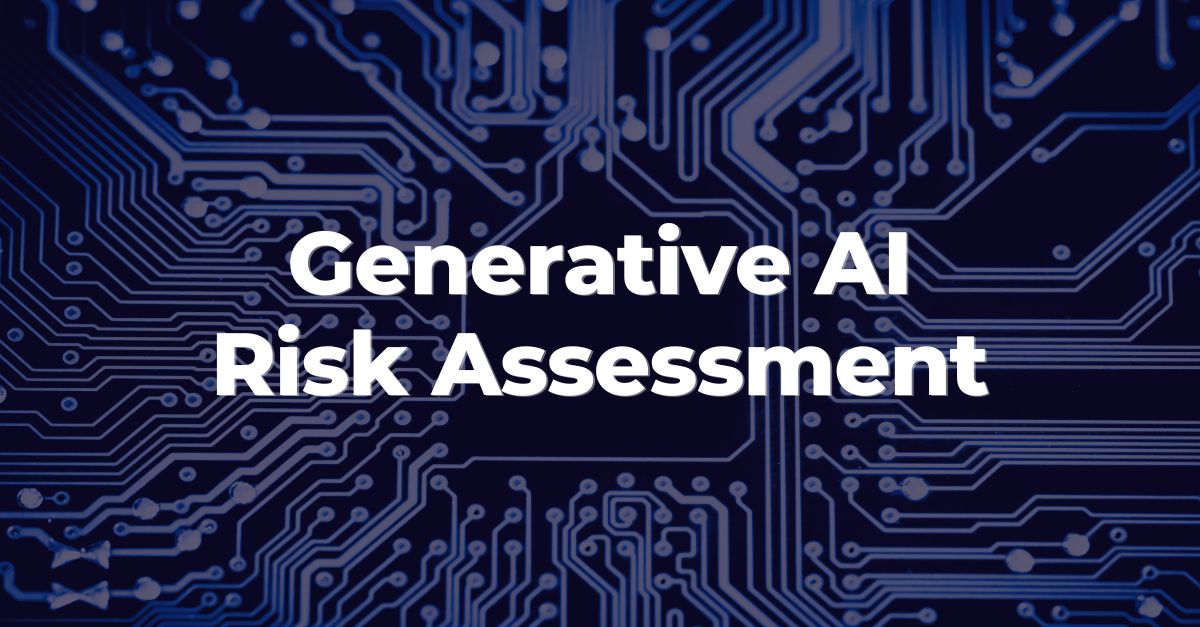In the complex world of call center management, the quest for the perfect KPIs to measure agent performance is often pursued. However, most leaders fail without knowing it.
The pursuit often leads to confusion and inefficiency rather than clarity and productivity. During an episode of the Contact Center KPI podcast, Chris Crosby, Founder and CEO of CX Ventures, shed light on why traditional KPIs fall short in measuring contact center performance and why many leaders struggle to grasp this concept.
The Problem with Traditional Contact Center KPIs
The fundamental flaw in how KPIs are typically used is that they are an aggregate and average of the performance KPI. This means they can obscure the real issues and fail to provide actionable insights to leaders.
Aggregation Masks Reality
One of the primary issues with contact center KPIs is that they aggregate data into averages, which can hide the nuances and realities of individual performance and operational challenges.
For instance, a common contact center KPI like average handle time (AHT) does not differentiate between agents who might be handling calls efficiently but with lower customer satisfaction and those who take longer but provide exceptional service. This aggregation leads to a “one-size-fits-all” approach that can be misleading and unproductive.
Gaming the System
Another critical problem that was highlighted in the podcast is that KPIs can be easily gamed.
For example, in contact centers where meeting service level agreements (SLAs) is crucial, some managers might redirect calls to voicemail to avoid missing targets, thus circumventing the true spirit of the SLA.
This practice can skew the data and present a false picture of efficiency and customer satisfaction.
The Need for Fundamental Analysis
Instead of relying on traditional contact center KPIs, leaders need to advocate for a deeper, more granular approach to data analysis. This suggests decomposing KPIs into their fundamental components to understand the root causes of performance issues.
This approach involves looking at the smallest units of data that contribute to the overall performance metrics.
Identifying Root Causes
By breaking down KPIs into their core elements, leaders can better understand the underlying factors affecting performance. For instance, if a contact center misses its service level targets, it’s essential to examine the factors contributing to this.
Is the issue due to inaccurate forecasting, poor schedule adherence, or excessive time off?
Each of these factors needs to be analyzed independently to address the root cause effectively.
Focus on Controllables
The importance of distinguishing between what can be controlled and what can be influenced.
For example, while a frontline manager may not control the entire forecast, they can influence schedule adherence and agent coaching.
By focusing on these controllable factors, managers can make more meaningful improvements to overall performance.
New Approach to Contact Center Performance Management
Given these insights, it becomes clear that a new approach to performance management in contact centers is needed – one that moves beyond traditional KPIs and embraces a more holistic and detailed analysis of operations.
Coaching and Fundamentals
One critical aspect of this new approach is focusing on the fundamentals. Much like the legendary basketball coach John Wooden emphasized the basics of shooting free throws, contact center managers should concentrate on the day-to-day activities that drive performance.
This includes effective agent training, consistent coaching, and ensuring that workforce management processes are robust and accurate.
Real-Time Data & Actionable Insights
Instead of relying solely on dashboards that provide lagging indicators of performance, they should use real-time data to gain actionable insights. This means implementing tools and technologies that allow for real-time monitoring and analysis of contact center activities. By doing so, managers can make immediate adjustments and improvements, rather than waiting until it’s too late.
Challenges Leaders Face
Despite the clear benefits of moving away from traditional KPIs, many contact center leaders struggle with this transition. Several factors contribute to this difficulty.
Cultural Resistance
There is often cultural resistance to change within organizations. Many leaders and managers are accustomed to using KPIs because they provide a straightforward, if flawed, way to measure performance.
Shifting to a more detailed and nuanced approach requires a significant cultural shift, which can be challenging to implement.
Lack of Understanding
Another major challenge is a lack of understanding about how to effectively decompose KPIs and analyze the underlying data. This requires a certain level of expertise in data analysis and a willingness to dive deep into the operational details.
Many leaders may not have the necessary skills or resources to undertake this type of analysis.
Tool Limitations
While technology can provide real-time data and actionable insights, not all contact centers have access to the necessary tools and technologies.
Implementing these systems can be expensive and time-consuming, and there may be significant barriers to adoption in terms of cost and complexity.
Moving Forward
To overcome these challenges, contact center leaders need to adopt a new mindset and approach to performance management. This involves:
- Embracing Change: Leaders must be willing to move away from traditional KPIs and adopt a more nuanced approach to performance measurement.
- Investing in Training: Providing managers with the training and resources they need to understand and analyze the fundamental components of performance.
- Leveraging Technology: Investing in the necessary tools and technologies to provide real-time data and actionable insights.
- Fostering a Culture of Continuous Improvement: Encouraging a culture that values continuous improvement and is willing to make adjustments based on real-time data and analysis.
The pursuit of the perfect KPI in contact centers is a futile exercise that often leads to more confusion and inefficiency.
By moving beyond traditional KPIs and adopting a more granular and nuanced approach to performance management, contact center leaders can gain a deeper understanding of the underlying factors affecting performance.
This shift requires a willingness to embrace change, invest in training and technology, and foster a culture of continuous improvement. Only then can contact centers achieve the ultimate goal of providing exceptional customer service while maintaining operational efficiency.
Downloadable Resources You Might Find Useful
Let’s wrap it up
Balancing service level and occupancy is essential for sustainable success in the call center world. While service level focuses on customer satisfaction, occupancy ensures that agents are productively engaged.
Striking the right balance between these KPIs leads to a positive customer experience, a motivated workforce, and operational efficiency.
By continuously monitoring these metrics, engaging with agents, and utilizing advanced technologies, call centers can create a balanced and productive environment.
Ultimately, this balance not only enhances customer satisfaction but also fosters a healthier, more efficient workplace, driving long-term success for the business.
If you’re interested in seeing how else you can impact specific KPIs, check out the Contact Center KPI podcast. Here are a few fan favorites:


